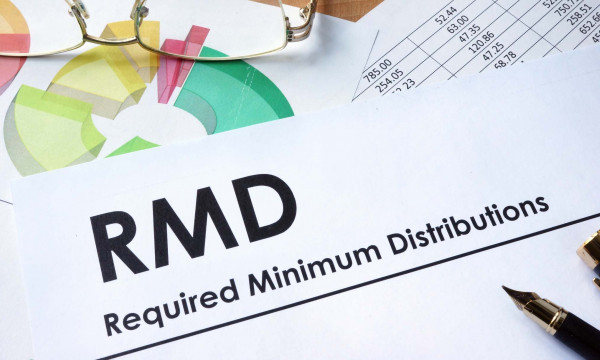Roth 401(k) vs. Roth IRA: The basics

When it comes to saving for retirement, one of the first choices you’ll be asked to make for your savings is whether you’d like a Roth account or a traditional one.
A Roth retirement savings account is one in which contributions are made after taxes are taken out. The earnings in Roth accounts grow tax-free, and qualified withdrawals in retirement are also tax-free. Conversely, contributions to a traditional retirement savings account are taken pre-tax and grow tax-deferred until you retire, at which point your withdrawals will be taxed at regular income tax rates.
In this article, we’re going to take a closer look at Roth retirement savings accounts. Much like traditional retirement savings accounts, Roth accounts are offered as an option for an employer-sponsored 401(k) or as an individual retirement account (IRA). Both have their advantages, and it’s important to understand them when deciding which is best for you. Let’s take a look.
Roth 401(k)
In the simplest terms, a 401(k) is an employer-sponsored retirement plan that often comes with added benefits, such as matched contributions or waived fees. The majority of employers who offer a sponsored 401(k) plan offer employees a Roth option.
Contributing to a Roth 401(k) is an automatic contribution based on payroll deduction, meaning your contributions are automatically deducted from your paycheck and put directly into your retirement account. If your plan offers a match, that free money will apply to those Roth dollars. Like any plan, there is typically some sort of administrative fee associated with your company’s retirement plan; the good news is much of the time this fee is either reduced or paid for by your employer. You will also have access to a selection of inexpensive mutual fund options.
Finally, there are no income limitations for a Roth 401(k), and your annual contribution limit as of 2025 is $23,500. If you are age 50 or older, a $7,500 catch-up contribution is allowed.
Roth IRA
A Roth IRA is an individual retirement account that is set up outside of your employer-sponsored 401(k). This type of investment vehicle can also be advantageous. Just like a Roth 401(k), your contributions will be deposited as after-tax dollars. However, unlike a 401(k), those contributions are not based on payroll — meaning you have the freedom to contribute as little or as much as you’d like, but you will not receive matching contributions because the plan is not sponsored by your employer.
The fee for your Roth IRA can vary depending on who administers it. While some Roth IRAs are inexpensive, there are others that may charge a load or sales commission to be paid to the administrator or the advisor. Unlike your Roth 401(k), you are not limited to a select offering of mutual funds; instead, you have access to numerous investment options, some of which will be low cost with a great historical performance.
Finally, Roth IRAs come with income limitations — to be able to contribute the full amount, you must earn $150,000 or less per year as a single person or $236,000 for a married couple. Contribution limits are also lower; as of 2025, you can contribute up to $7,000, and if you’re age 50 or older, an additional $1,000 catch-up contribution is permitted.
Choose your best fit
The good news is you don’t have to choose between a Roth 401(k) or a Roth IRA — if you prefer, you can contribute to both account types as long as you meet eligibility requirements. Both options have their advantages, and the path you choose — whether it’s a Roth 401(k), Roth IRA, or both — is up to you and your unique circumstances.
Learning Center articles, guides, blogs, podcasts, and videos are for informational purposes only and are not an advertisement for a product or service. The accuracy and completeness is not guaranteed and does not constitute legal or tax advice. Please consult with your own tax, legal, and financial advisors.
|




